My Loquat Tree Is Dropping Fruit – Why Are Loquats Dropping Off Tree
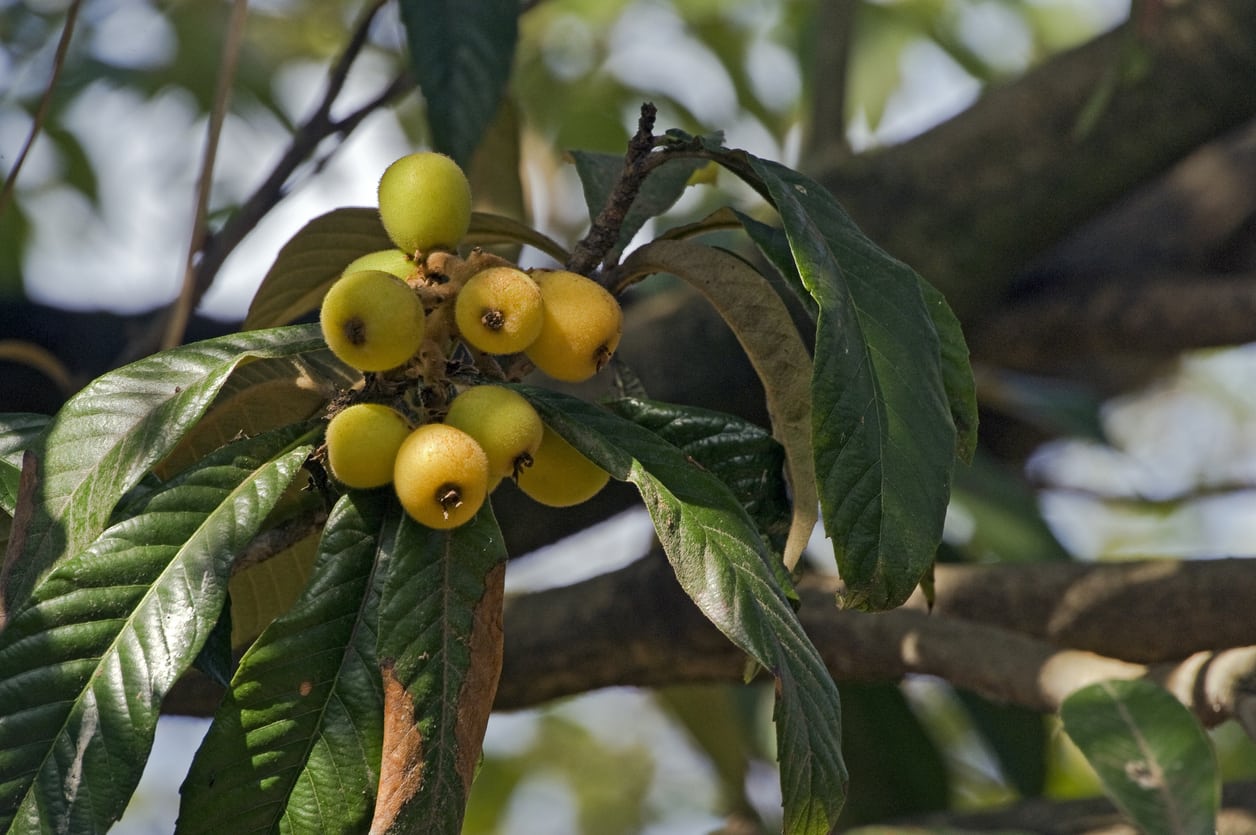

Few fruits are prettier than the loquat – small, bright and downy. They look especially striking in contrast to the large, dark-green leaves of the tree. That makes it particularly sad when you notice premature loquat fruit drop. Why is my loquat tree dropping fruit, you may ask? For information about loquats dropping off trees in your orchard, read on.
Why is My Loquat Tree Dropping Fruit?
Loquats (Eriobotrya japonica) are lovely little trees native to mild or subtropical areas of China. They are evergreen trees that grow to 20 feet (6 m.) tall with an equal spread. They are excellent shade trees thanks to their glossy, tropical looking leaves. Each leaf can row to 12 inches (30 cm.) long by 6 inches (15 cm.) wide. Their undersides are soft to the touch. Flowers are fragrant but not colorful. The panicles are gray, and produce fruit clusters of four or five yellow-orange loquats. Flowers appear in late summer or even early autumn, pushing the fruit harvest into late winter or early spring. Sometimes, you may find that your loquat tree is dropping fruit. When you see fruit falling from a loquat tree in your home orchard, inevitably you want to know why this is happening. Since loquats develop in autumn and ripen in spring, it’s usually winter when you see fruit falling from a loquat tree in this country. There are several possible causes for loquat fruit drop. Loquat fruit doesn’t do well when the temperatures drop. The tree is hardy in U.S. Department of Agriculture plant hardiness zones 8 through 10. It tolerates temperatures down to 10 degrees Fahrenheit (-12 C.). If winter temperatures fall below this, you can lose much of the fruit from the tree, or even all of it. As a gardener, you are at the mercy of winter weather when it comes to viable fruit. Another possible reason your loquat tree is dropping fruit is sunburn. High heat and bright sunshine will cause a sunburn response called purple spot. In hotter areas of the world, those with long summers, purple spot causes much fruit loss. Growers apply chemical sprays to speed up the ripening of fruit to prevent sunburn. In Brazil, they tie bags over the fruit to keep them out of the sun.
Gardening tips, videos, info and more delivered right to your inbox!
Sign up for the Gardening Know How newsletter today and receive a free copy of our e-book "How to Grow Delicious Tomatoes".

Teo Spengler is a master gardener and a docent at the San Francisco Botanical Garden, where she hosts public tours. She has studied horticulture and written about nature, trees, plants, and gardening for more than two decades. Her extended family includes some 30 houseplants and hundreds of outdoor plants, including 250 trees, which are her main passion. Spengler currently splits her life between San Francisco and the French Basque Country, though she was raised in Alaska, giving her experience of gardening in a range of climates.
-
 Never Plant Seedlings Until They Pass These 3 Simple Tests
Never Plant Seedlings Until They Pass These 3 Simple TestsDon't be over-eager to transplant seedlings into the garden before they are ready. These quick and easy checks will help ensure flourishing plants.
By Mary Ellen Ellis
-
 Grow ‘Karl Rosenfield’ Peony Plants For The Ultimate Frilly Border Beauties And Cut Flowers
Grow ‘Karl Rosenfield’ Peony Plants For The Ultimate Frilly Border Beauties And Cut FlowersFor frilly double magenta peony petals infused with a heady fragrance, grow ‘Karl Rosenfield’ peony plants. Here’s how to cultivate the ultimate plushy blooms
By Tonya Barnett
-
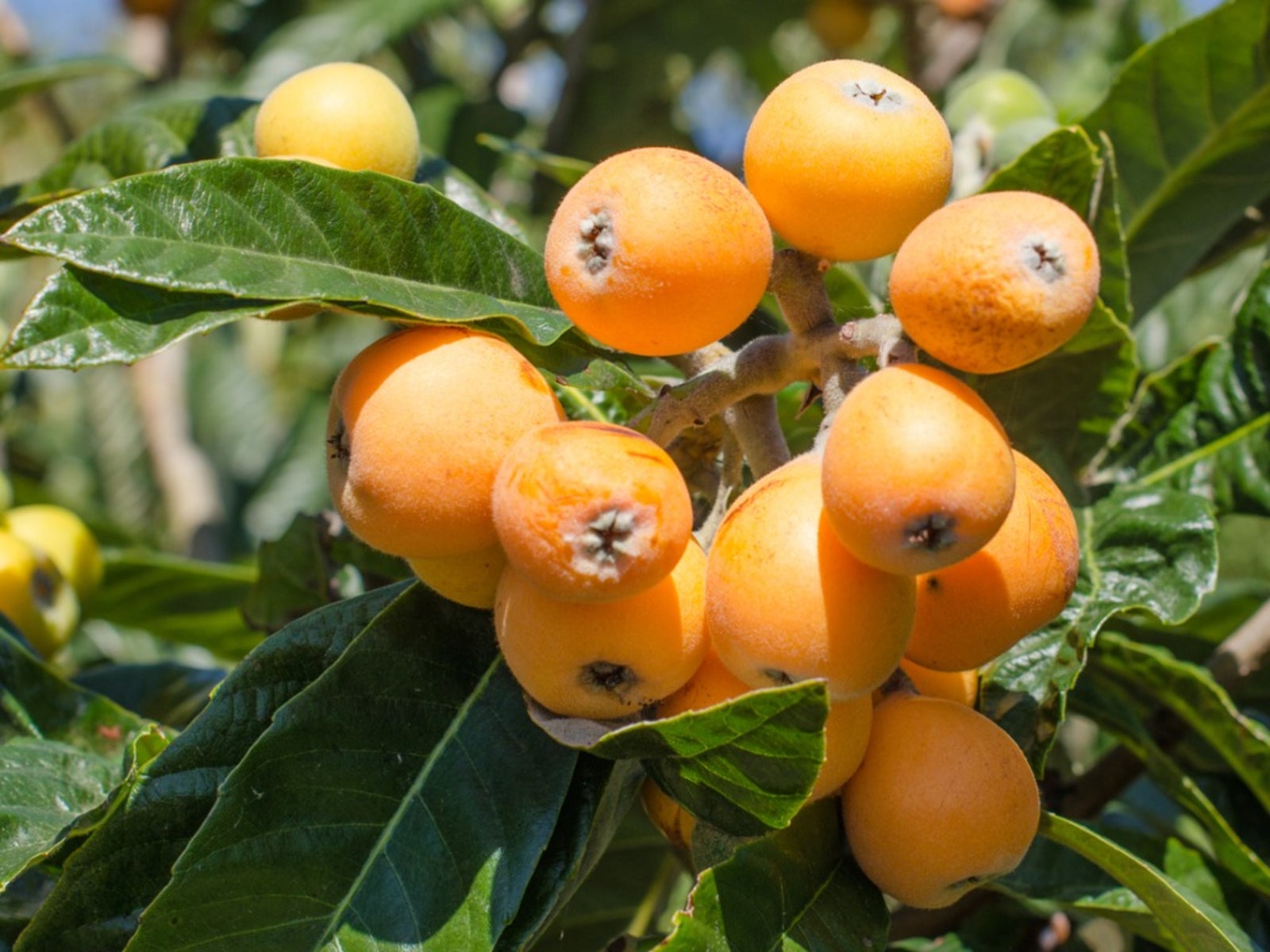 Fire Blight Of Loquats – Learn How To Treat Fire Blight In Loquat Trees
Fire Blight Of Loquats – Learn How To Treat Fire Blight In Loquat TreesIn order to control loquat fire blight, it is crucial to learn how to identify fire blight of loquats. The following information will help to identify the disease and provide tips on how to treat fire blight in loquat plants. Click here to learn more.
By Amy Grant
-
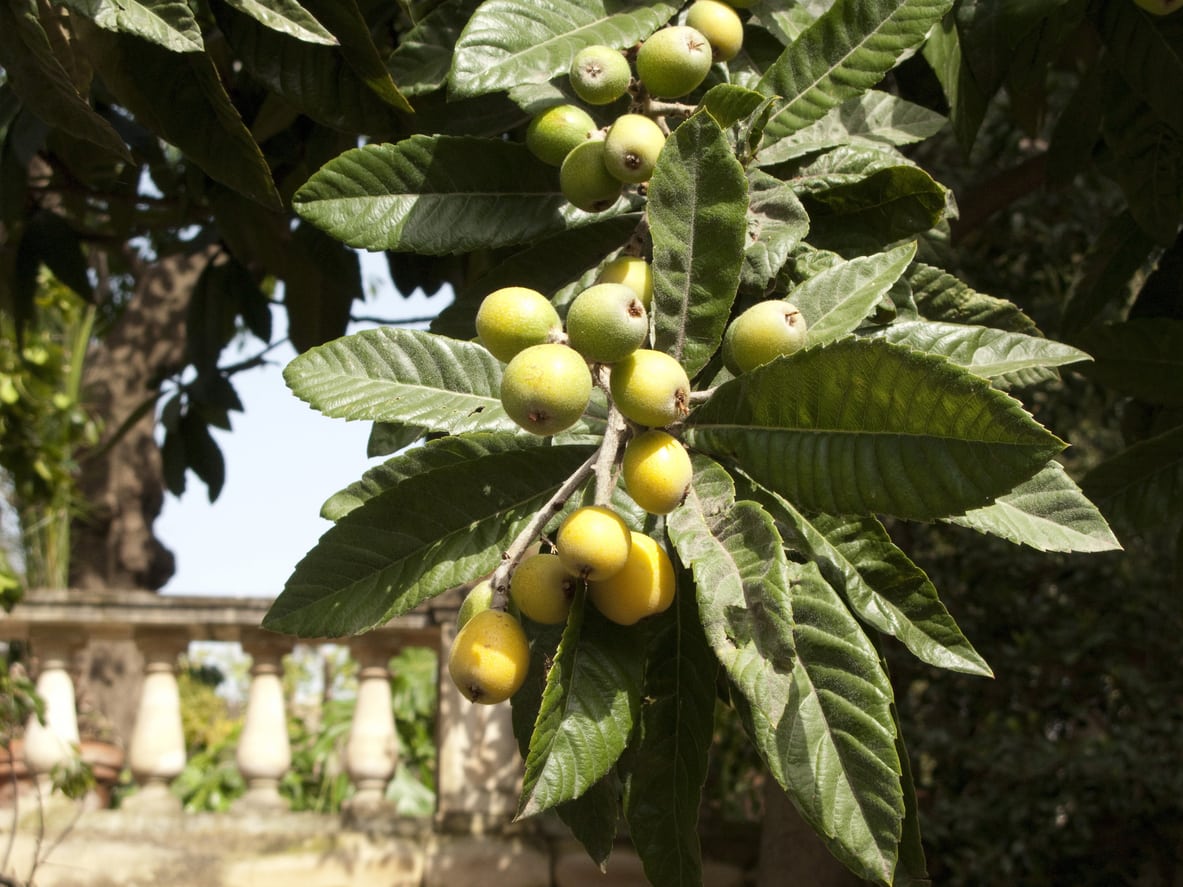 Loquat Leaf Drop: Reasons A Loquat Is Losing Leaves
Loquat Leaf Drop: Reasons A Loquat Is Losing LeavesLoquat trees are prone to a few issues, namely loquat leaf drop. Don?t panic if the leaves are falling off your loquat. Click this article to find out why the loquat is losing leaves and what to do if your loquat is dropping leaves.
By Amy Grant
-
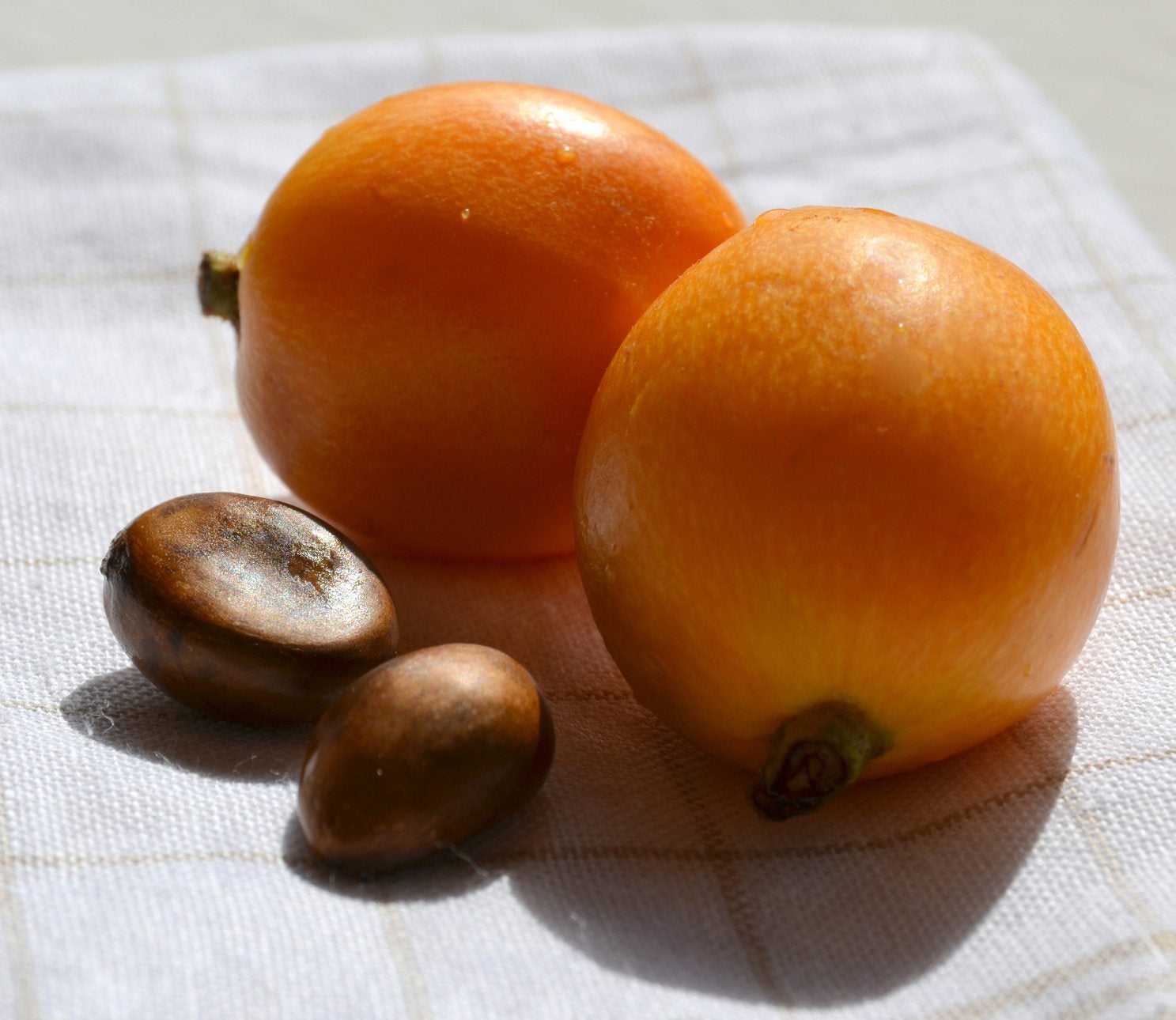 Growing Loquat Seeds – Learn About Loquat Seed Germination
Growing Loquat Seeds – Learn About Loquat Seed GerminationPlanting loquat from seeds is easy, although because of grafting you can't expect to get a tree that produces the same fruit. If you're growing loquat seeds for ornamental purposes, though, you should be fine. Learn more about loquat seed germination here.
By Liz Baessler
-
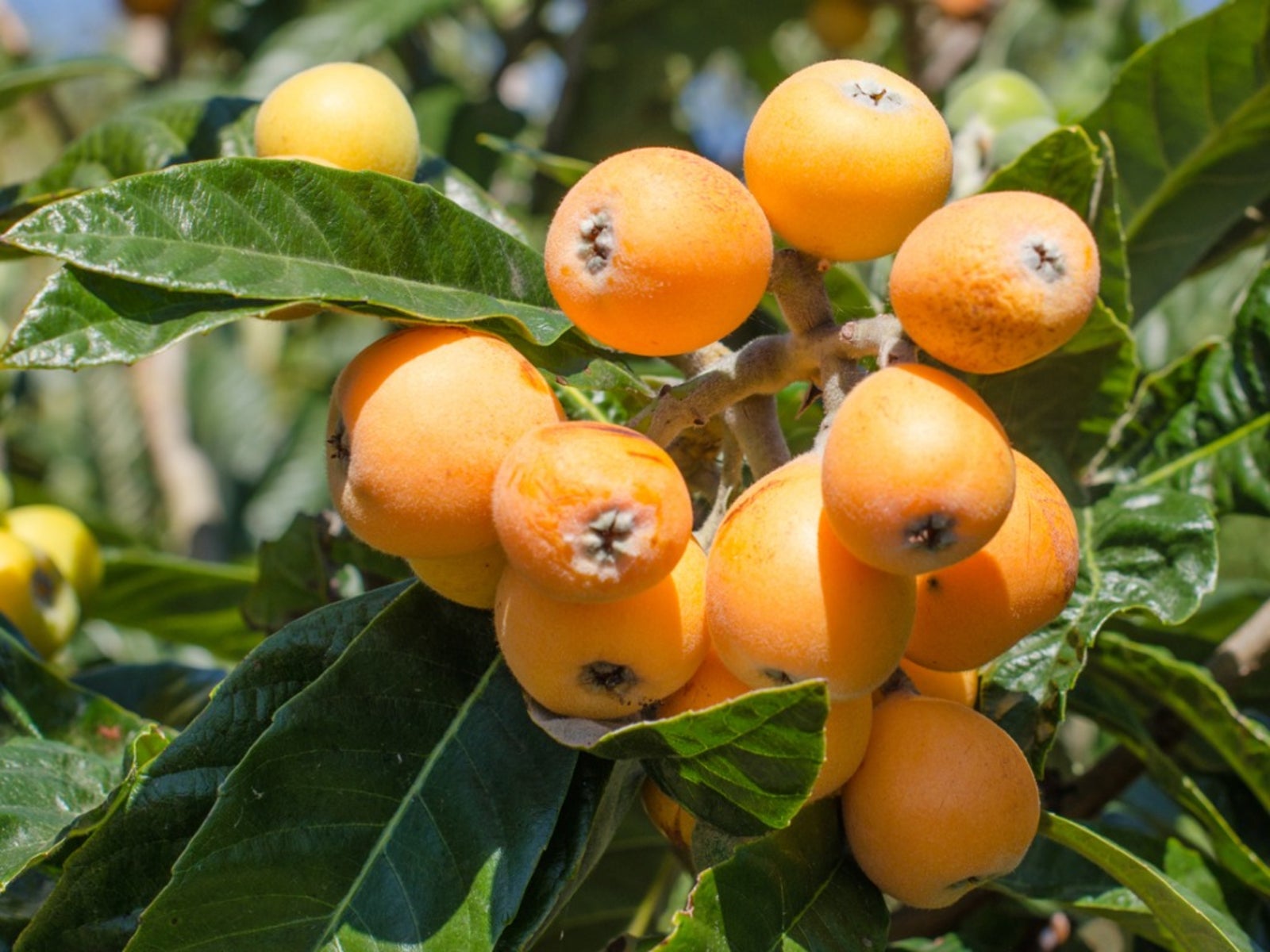 Fruitless Loquat Tree: Getting A Loquat Tree To Bloom And Fruit
Fruitless Loquat Tree: Getting A Loquat Tree To Bloom And FruitAs with any fruiting tree, there may be a year of a fruitless loquat tree. Often this coincides with a loquat tree that won't flower. No loquat blossoms equals no fruit. Why is the loquat not blooming and are there any tricks to help? Find out in this article.
By Amy Grant
-
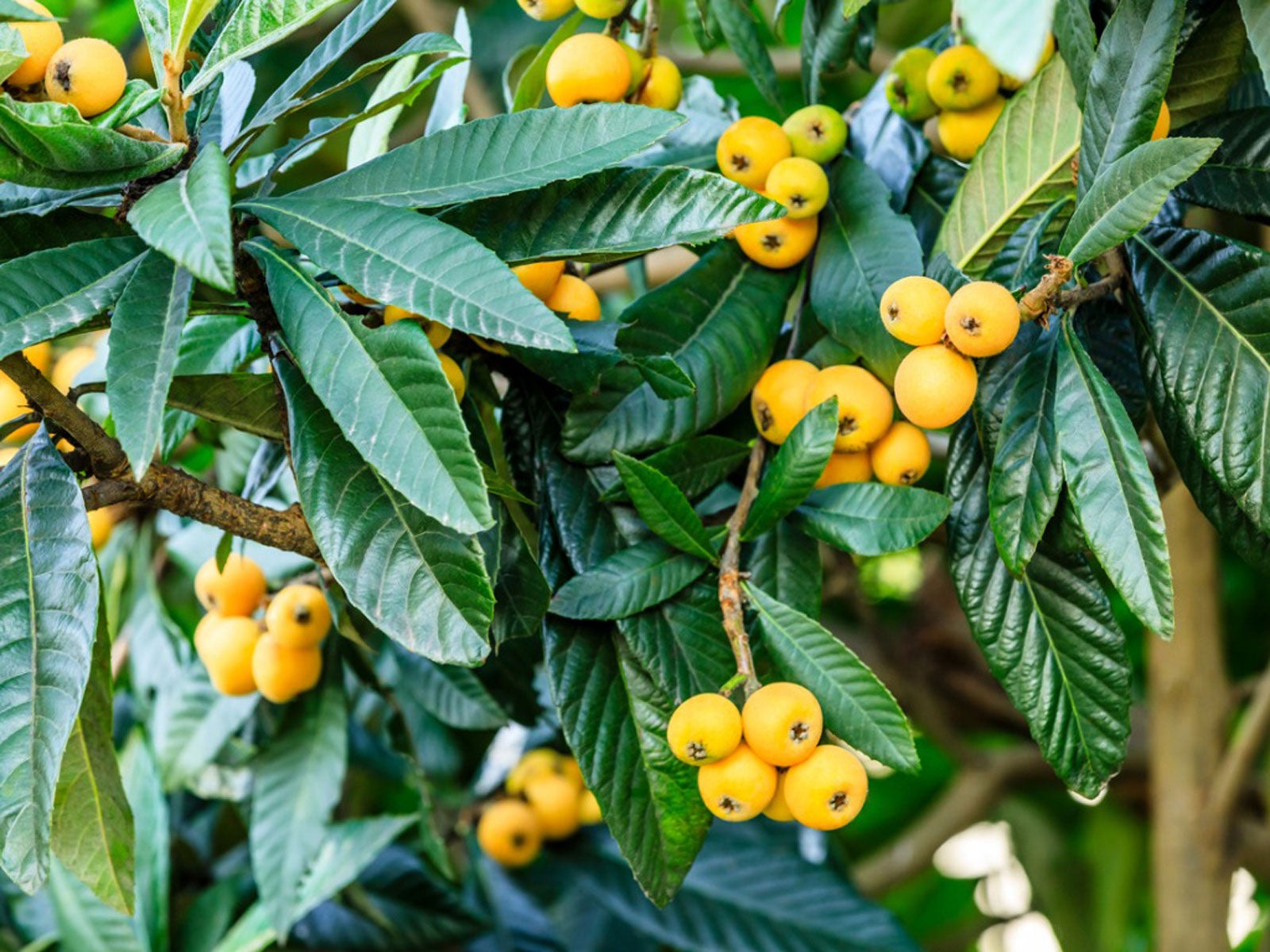 Loquat Tree Planting: Learning About Growing Loquat Fruit Trees
Loquat Tree Planting: Learning About Growing Loquat Fruit TreesOrnamental as well as practical, loquat trees make excellent lawn specimen trees. Large clusters of attractive fruit stand out against the dark green, tropical-looking foliage. Learn more about growing them here.
By Jackie Carroll